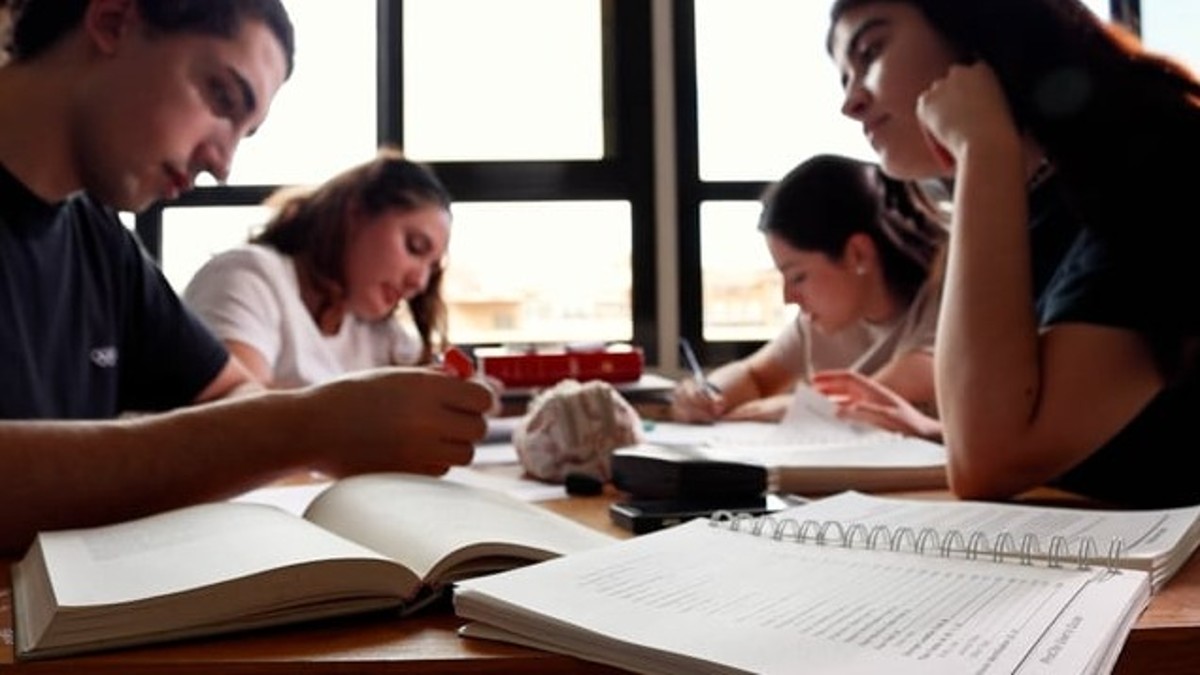In the wake of record immigration, Australia is tightening its visa rules for international students.
The minimum amount of money required for students to enter the nation has gone up.
The new rules, which will go into effect on 10 May 2024, will require an amount that will be 75 per cent of the national minimum wage.
Here’s how the change will affect Indian students.
Australia’s new student visa rule
To be eligible for a visa, students must show that they have at least A$29,710 (Rs 16,29,964), under the revised rules, according to News18.
The change aims to guarantee that students can pay for the necessities of life while enrolled in classes in Australia.
According to the report, this is done with the understanding that they might work during the 25 per cent of the year when they are not in class.
Having completed this requirement, students will be better equipped to plan for the future.
Notably, the quantity of savings has climbed for the second time in the last seven months.
Previously, in October, the sum was increased from A$21,041 (Rs 11,54,361) to A$24,505 (Rs 13,44,405).
The reason
The Australian government is tightening visa rules amidst a surge in migration since the COVID-19 restrictions were lifted in 2022.
The government also increased the English language proficiency criteria in March for student visas, as per NDTV.
In addition, it has been putting measures into place to stop students from using different ways to prolong their stay.
Impact Shorts
More ShortsAustralia’s export-driven foreign education sector is expected to contribute AUD$36.4 billion ($24 billion) to the country’s GDP in 2022–2023.
However, with rental rates skyrocketing across the nation, unprecedented migration — largely driven by overseas students — has put pressure on the government. In the year ending 30 September 2023, net immigration increased by 60 per cent to a record 548,800.
Over the next two years, the government anticipates that its measures may cut Australia’s immigration intake in half.
“We are significantly reducing migration levels – we are in the middle of the biggest drop in migration numbers in Australia’s history, outside of war or pandemic,” O’Neil said.
Its impact on Indian students
Indian professionals and students who prefer Australia above other countries for their education and job prospects, may be affected by the latest move.
India continues to be the second-largest source country for international student enrollments.
Data shared by the Indian High Commission in Canberra last year says over 1.22 lakh Indian students registered in Australian colleges between January and September of 2023,
However, the number of Indian student visas fell by 48 per cent between December 2022 and December 2023.
One in five students had their visas denied this year (up to March), according to a Guardian report citing government statistics.
Many more had to wait a long time for their visas.
With Pakistani visas plummeting 55 per cent and Nepalese visas falling 53 per cent within the same period, the percentage of visa rejections has hit a record high.
Some Australian colleges have updated their regulations in response to the crackdown, even going so far as to completely ban Indian students.
A “significant number” of students have reportedly been forced to put off or give up their applications due to processing delays, according to The Guardian report.
Others have been placed on suspension to meet more criteria.
Shradha Gupta, Partner at Accord Juris, was quoted by Business Standard, “The restrictions will significantly impact students’ ability to fund their education and livelihood, despite a minimal overall impact on Indian nationals residing in Australia.” She notes the limited circumstances under which a waiver for the ‘No Further Stay’ condition can be sought, offering scant relief.
University risk ratings
To raise university risk ratings, restrictive measures are also being implemented.
Livemint claims that the only visas that have moved fast in recent months are those for low-risk universities on level one. The scores are used to determine the likelihood that a school will hire students who are not real (i.e., who come mostly to work and not learn).
Nine universities were demoted to level two, while two universities were downgraded to level three, according to an updated list in May, the report said.
Australian home affairs minister Clare O’Neil said warning letters had been sent to 34 education providers for “non-genuine or exploitative recruitment practices."
Those found guilty could be jailed for up to two years and banned from recruiting students, she said, as per News18.
“Dodgy providers have no place in our international education sector. These actions will help weed out the bottom feeders in the sector that seek to exploit people and trash the reputation of the sector,” O’Neil said in a statement.
With inputs from agencies
)